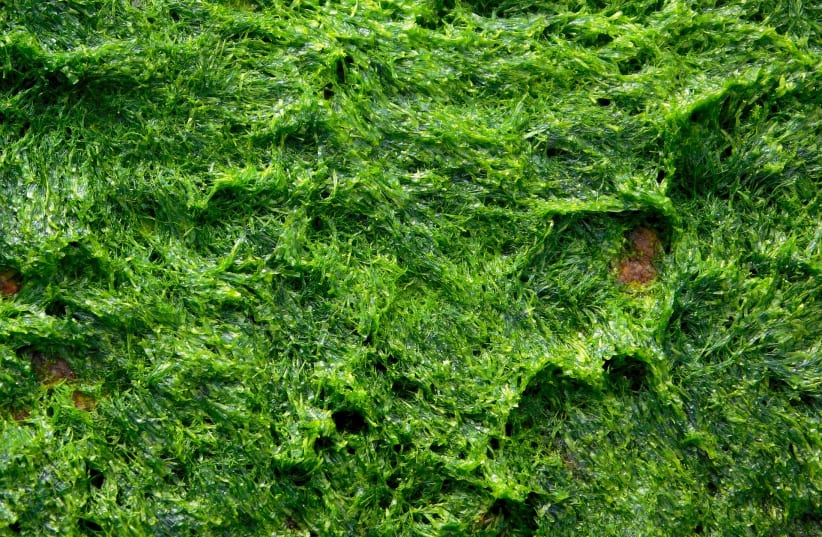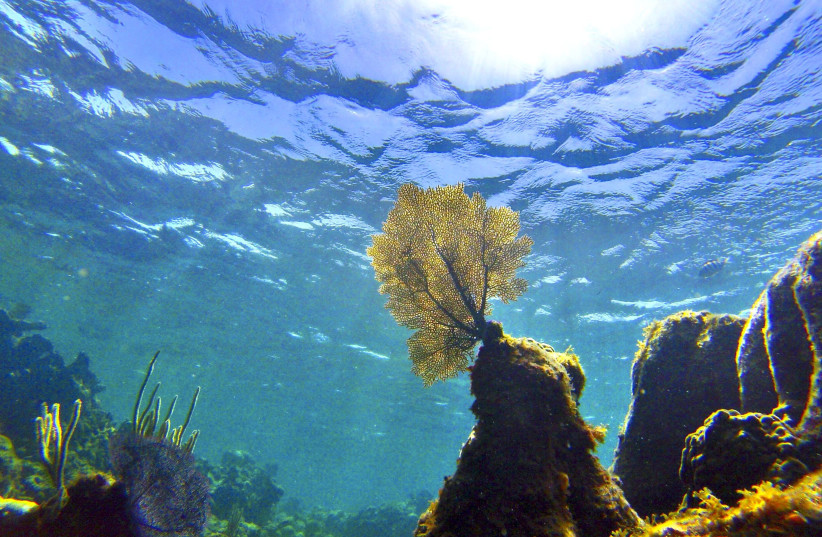The discovery of the last supper eaten by our earliest animal ancestors has revealed new insight about their physiology.
Scientists from The Australian National University (ANU) analyzed the forms of Ediacara biota — the world's oldest large organisms dating back 575 million years — and found that the ancient beings ate bacteria and algae that was sourced from the ocean floor. The findings, published Tuesday in Current Biology, tell more about these unique creatures, including how they were able to consume and digest food.
“Our findings suggest that the animals of the Ediacara biota, which lived on Earth prior to the ‘Cambrian Explosion’ of modern animal life, were a mixed bag of outright weirdos, such as Dickinsonia, and more advanced animals like Kimberella that already had some physiological properties similar to humans and other present-day animals,” lead author Dr. Ilya Bobrovskiy said.
Researchers analyzed ancient fossils that contained traces of preserved phytosterol molecules, which is a type of fat found in plants, remaining from the animals' last meal. Based on their observations, the team confirmed that a slug-like organism, known as Kimberella, had a mouth and a gut and even digested food the same way as modern animals.
“Our findings suggest that the animals of the Ediacara biota, which lived on Earth prior to the ‘Cambrian Explosion’ of modern animal life, were a mixed bag of outright weirdos."
Ilya Bonrovskiy
How did Kimberella grow?
Energy and nutrient-packed algae could have played a key role in Kimberella's growth, according to study co-author and ANU professor Jochen Brocks.
"The energy-rich food may explain why the organisms of the Ediacara biota were so large. Nearly all fossils that came before the Ediacara biota were single-celled and microscopic in size," Brocks said.
What the animals ate before their death was shown in the examined molecules.
The challenge was distinguishing between the "signatures of the fat molecules of the creatures themselves, the algal and bacterial remains in their guts, and the decaying algal molecules from the ocean floor that were all entombed together in the fossils," Brocks said.
“Kimberella knew exactly which sterols were good for it and had an advanced fine-tuned gut to filter out all the rest," he said. "This was a Eureka moment for us; by using preserved chemicals in the fossils, we can now make gut contents of animals visible even if the gut has since long decayed. We then used this same technique on weirder fossils like Dickinsonia to figure out how it was feeding and discovered that Dickinsonia did not have a gut.”

